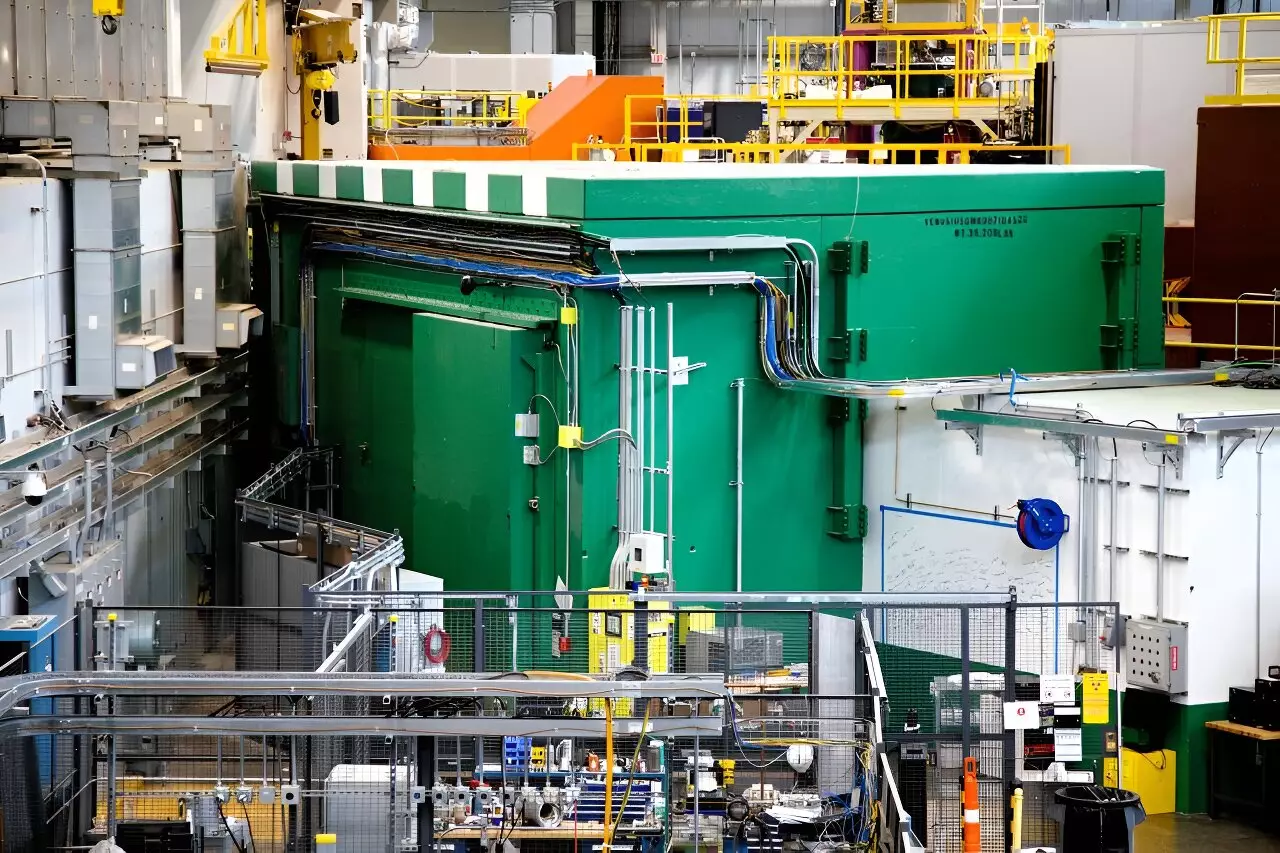The Oak Ridge National Laboratory (ORNL) recently reached a significant milestone with the addition of the Versatile Neutron Imaging Instrument, commonly referred to as VENUS. Developed under the auspices of the Department of Energy’s Spallation Neutron Source, VENUS is poised to redefine the landscape of neutron imaging, thanks to its incorporation of artificial intelligence (AI) in the imaging process. The DOE’s Office of Science approved the final commissioning of VENUS in July, setting the stage for transformative advancements across several scientific fields. According to ORNL neutron scattering scientist Hassina Bilheux, this innovation is more than just a technological leap; it represents years of hard work and collaboration among talented researchers dedicated to the cause.
VENUS is not simply a new piece of equipment; it stands as a testament to the power of modern science harnessed for practical applications. With the ability to produce high-resolution three-dimensional imaging with fine contrast, this instrument will facilitate vital research in areas such as energy storage, advanced materials science, and plant physiology. For instance, in the quest for more efficient batteries, VENUS can aid scientists by providing detailed insights into material structures that can enhance performance and longevity.
What truly sets VENUS apart from existing neutron imaging methods is its non-invasive capability. Researchers can examine samples at atomic scales without compromising their integrity. This represents a significant advancement in research methodologies, as traditional imaging techniques often entail alterations or damage to delicate materials. Furthermore, VENUS promises a rapid analysis process leveraging AI technologies, thus reducing the waiting time significantly for scientists eager to obtain results. By using AI to generate accurate 3D models from raw data swiftly, researchers can conclude their experiments with immediate insights, rather than waiting days or weeks.
The application of AI in VENUS links modern computational capabilities with the time-tested principles of neutron scattering. The instrument integrates advanced algorithms that facilitate the rapid acquisition and intelligent processing of data, empowering scientists to conduct their work more efficiently. Collaborations among neutron imaging experts, X-ray beamline teams, and academic institutions formed the backbone of VENUS’s robust design. This synergy culminated in groundbreaking programming techniques that allow faster and higher-quality results, as underscored by Bilheux. It’s exciting to note that these advancements could generate pivotal data that might shape the future of materials science.
The journey towards VENUS has been long and fraught with challenges. The idea originated as far back as 2006 when Hassina Bilheux envisioned creating a neutron scattering instrument with enhanced imaging capabilities for a wide range of samples. A prominent illustration of VENUS’s potential was demonstrated in collaborations with NASA, where neutron imaging was used to analyze extremely fragile moon rocks. This groundbreaking research not only showcases the versatility of neutron imaging but also highlights the kind of multidisciplinary approaches that VENUS fosters.
As VENUS prepares for operational roles, it aims to contribute significantly to planetary research by assisting scientists in their exploration of moon rocks, among other materials. With its ability to generate high-fidelity 3D models, researchers will gain crucial insights into the mineral composition of these rocks, providing clues about early planetary formations and the presence of water on the moon.
The endeavor to realize VENUS has required the collective effort of many scientists and engineers, a process that Bilheux acknowledges with pride. The physical construction began in 2019 and, despite the hurdles posed by the pandemic, perseverance has driven this project to completion. With user beamtime set to commence in the latter half of 2025, VENUS is preparing to make its mark in the global scientific community, ready to tackle some of the most pressing challenges faced today.
The introduction of VENUS at ORNL signifies a remarkable triumph in merging tradition with cutting-edge technology. By fostering collaboration and leveraging AI, VENUS opens new avenues for fundamental research and practical applications, establishing the United States at the forefront of neutron imaging technology. Given the pressing challenges we face, the innovations stemming from VENUS may indeed represent significant steps forward in the quest for knowledge and progress.


Leave a Reply